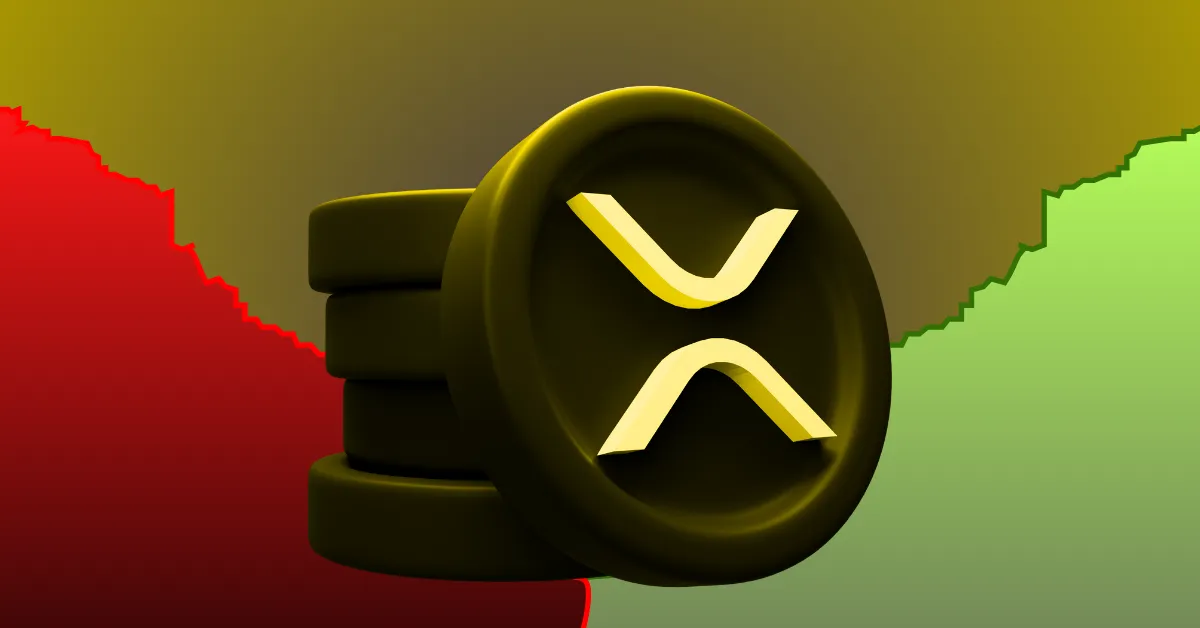“`markdown
The Strategic Chessboard: Ripple’s $5 Billion Gambit for Circle
Introduction: A Move That Could Reshape Finance
The cryptocurrency and fintech worlds are no strangers to bold maneuvers, but Ripple’s $5 billion bid to acquire Circle stands out as a potential game-changer. This isn’t merely a corporate acquisition; it’s a strategic play to redefine the global stablecoin economy and cement XRP’s role in cross-border payments. The implications ripple far beyond balance sheets—this could alter how money moves worldwide.
—
Ripple’s Grand Design: Beyond XRP
Ripple’s ambitions have long transcended its native token, XRP. The company’s XRP Ledger (XRPL) was built to solve the inefficiencies of legacy payment systems, and its recent moves—like acquiring Hidden Road and launching RLUSD—signal a deliberate push into stablecoins and institutional finance.
– Stablecoin Synergy: RLUSD, Ripple’s nascent stablecoin, lacks the scale of giants like USDC. Acquiring Circle would instantly grant Ripple control over $60 billion in USDC liquidity, bypassing years of organic growth.
– Regulatory Leverage: Circle’s established compliance framework could help Ripple navigate the murky waters of global crypto regulations, particularly in the U.S.
—
Why Circle? The Crown Jewel of Stablecoins
Circle isn’t just another crypto firm; it’s the backbone of USDC, a stablecoin trusted by institutions for its transparency and dollar peg.
– Market Dominance: USDC is the second-largest stablecoin, critical for DeFi, trading, and remittances. For Ripple, this means instant access to a vast ecosystem.
– Circle’s Counterplay: Circle’s rejection of the bid hints at its own aspirations. Its planned IPO and the Circle Payments Network (CPN) suggest it aims to rival Ripple, not join it.
—
The Bid’s Underlying Calculus
Ripple’s offer isn’t just about assets—it’s about strategy.
—
Hurdles in the Race
The deal faces headwinds:
– Circle’s Independence: Circle’s IPO plans and CPN rollout suggest it’s betting on standalone growth.
– Regulatory Scrutiny: Antitrust concerns may arise, given the combined entity’s control over stablecoin liquidity and cross-border rails.
– Market Volatility: Crypto’s bear cycles could dampen valuations, forcing Ripple to revise its offer.
—
XRP’s Make-or-Break Moment
Success here could catapult XRP into the mainstream:
– Utility Boost: XRP’s role as a bridge currency would expand with USDC’s liquidity, attracting institutional users.
– Adoption Surge: Financial institutions eyeing stablecoin interoperability might favor Ripple’s integrated solution over competitors like SWIFT or Stellar.
—
The Competitive Fallout
The bid intensifies an already fierce battle:
– SWIFT’s Response: The legacy network’s CBDC experiments may accelerate to counter Ripple’s encroachment.
– Stellar’s Play: With USDC also native to Stellar, Ripple’s control could strain that partnership, pushing Stellar toward alternatives.
—
The Future: A New Era for Payments?
Blockchain is dismantling traditional finance’s barriers, and this deal epitomizes the shift.
– Scenario 1: Acquisition Success
Ripple becomes a one-stop shop for stablecoins and cross-border payments, pressuring rivals to consolidate.
– Scenario 2: Circle’s Solo Path
Circle’s IPO and CPN could spawn a direct Ripple-Circle rivalry, fracturing the stablecoin market.
—
Conclusion: A Defining Moment
Ripple’s bid for Circle is more than a transaction—it’s a litmus test for crypto’s maturation. Will consolidation breed innovation, or will competition spur faster evolution? The answer will shape the next decade of global finance.
As the dust settles, one truth remains: in the high-stakes world of digital assets, the players who control liquidity control the future. Ripple’s $5 billion wager is a bet on that very principle.
“`











